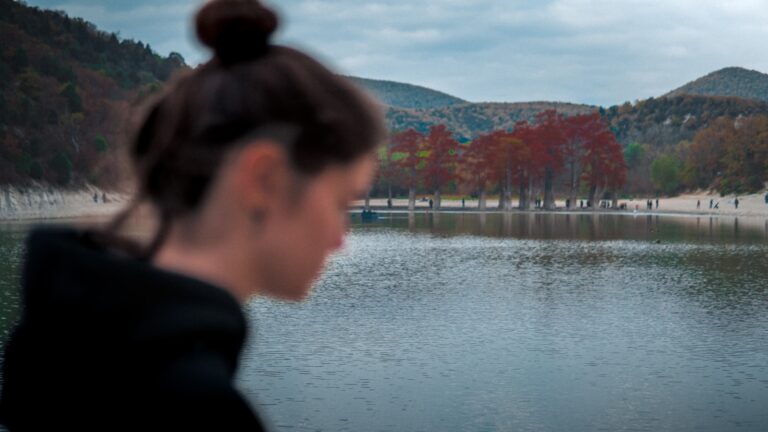Great Defeat at Waterloo
We also visited the windy hill of Waterloo, located 20 kilometers south of the capital Brussels, Belgium. This is also a battlefield marked by Napoleon’s footsteps… but they are the footsteps of defeat.
Waterloo, the site of the battle on June 18, 1815, was the battle where Napoleon’s army had to lay down their arms before the powerful coalition of Britain, Germany, Italy, Russia, Prussia, the Netherlands, Sweden, Switzerland, Spain, and Portugal, commanded by the Duke of Wellington.
According to the French magazine Geo, despite the defeat, June 18, 1815, is still considered the day of one of the most glorious battlefield encounters of the French army.
According to other historical records, the mighty Emperor Napoleon threw away both his hat and his command staff to escape with a group of followers, marking the end of the illustrious career of the military and political figure considered the greatest of all time!
A month after that disastrous defeat, Napoleon raised his hand, surrendered to the British, and was exiled to the island of Sainte-Hélène. Then the emperor passed away on May 5, 1821, at the age of not yet 52, in the coldness of this remote, desolate island in the middle of the Atlantic Ocean. Not until the end of 1840 were his remains brought back to Paris and placed in the Invalides.
When you arrive at Waterloo, looking up at the high hill, you will see a statue of a lion. Looking into books, I found an interesting story related to the lion. It seems that it was cast from the bronze of French cannons in 1826. There is also a legend that in 1831, after the time of Napoleon, the French army passed through Waterloo and attempted to destroy the lion: it reminded them of the disastrous defeat of Napoleon’s army! But they did not succeed, so now, when you come here, that lion still stands majestically on the hilltop.
When climbing up, standing on the hilltop, one can freely gaze at the entire view below – a green field. A peaceful scene, with not a single trace of battle remaining. But with the imagination from the books read about the Battle of Waterloo, one can almost hear the distant sounds of cannonballs whistling, the clash of sabers as soldiers from both sides fought hand-to-hand on the muddy fields.
Some tourists sat down on the stone steps at the foot of the lion statue to look at the map. Surely they are like us, letting their imaginations wander back to the bloody battle of yesteryear.
Instead of climbing the hill, visitors can buy tickets, board a train to tour the old battlefield, admire the battle model in one museum, visit another museum where the main characters of the Battle of Waterloo are displayed in wax. And finally, watch a film about the bloody Battle of Waterloo.
I heard that to increase its appeal, on the last two weekends, the old battlefield is being reenacted. At these times, tourists can dine like soldiers, living with a group of actors portraying soldiers from both sides! But we came here on a weekday, so we didn’t have the chance to immerse ourselves, to “live” that ancient time…
Victor Hugo once wrote political poetry praising Napoleon, but this French literary giant could not overlook Waterloo. The passage about that battle contains tragic verses that are unforgettable from high school, but it’s hard to translate without losing their essence:
Waterloo! Waterloo! Waterloo! It’s truly tragic!
The waves boil in the full jar,
Containing enough within the heart of the forest, hills, and valleys,
Death fades, blending with the black battalions.
Waterloo! Waterloo! Waterloo! Dismal plain!
Like a wave boiling in an urn that’s too full,
In your circus of woods, hills, and valleys,
The pale death mingled with the dark battalions.
Original version in French:
Waterloo! Waterloo! Waterloo! Morne plaine!
Comme une onde qui bout dans une urne trop pleine,
Dans ton cirque de bois, de coteaux, de vallons,
La pâle mort mêlait les sombres bataillons.




